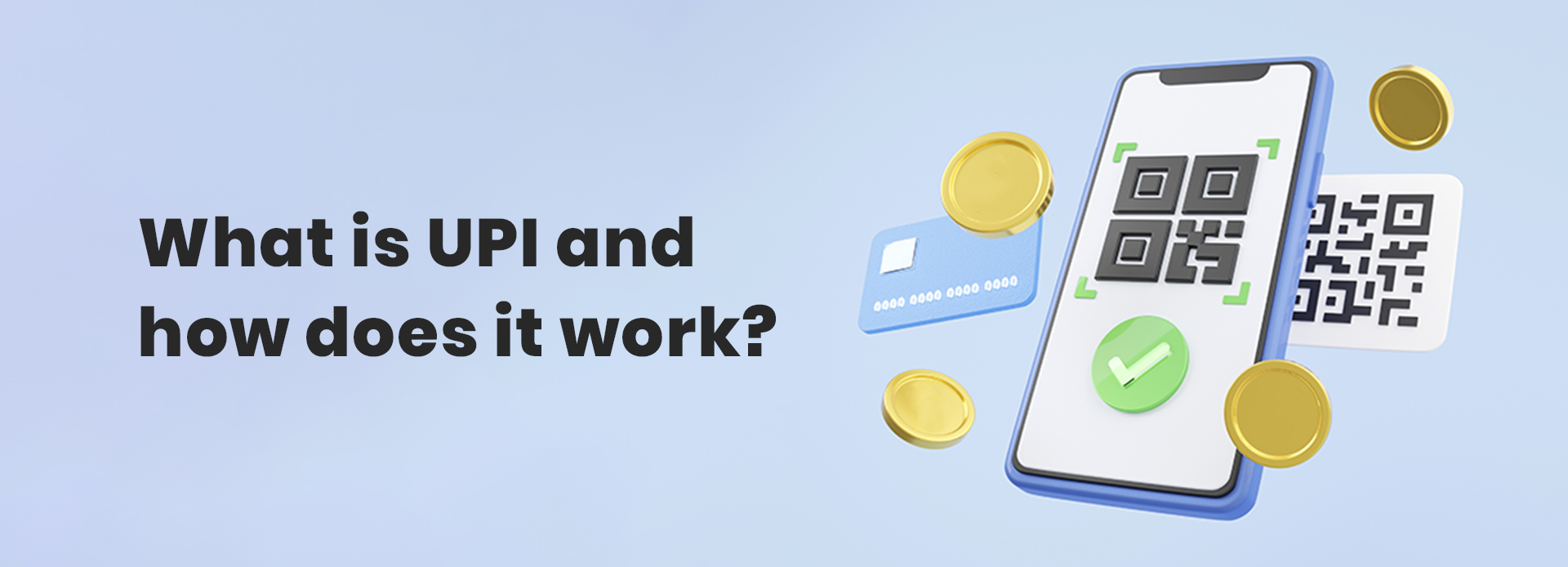
What is a UPI and how does it work?
10 November 2023
In recent years, Unified Payments Interface (UPI) has transformed the way we make digital transactions. With its seamless and instant payment capabilities, UPI has become a popular choice for individuals and businesses alike. One essential aspect to start using UPI is setting up a UPI handle. In this comprehensive guide, we'll delve into what exactly is UPI, how it works, and the step-by-step process to set it up.
What is UPI?
Developed by the National Payments Corporation of India (NPCI), UPI is a sophisticated real-time payment system that streamlines the process of transferring money. In simpler terms, UPI acts as a centralized technological infrastructure that connects multiple banks, allowing users to link various accounts to a single mobile application via UPI handles.
This integration simplifies a range of payment transactions, encompassing peer-to-peer transfers, merchant payments, and bill settlements. The significance of UPI lies not only in its ability to facilitate transactions but also in its role as a catalyst for change in the broader digital finance landscape.
What is a UPI Handle?
A UPI handle is a unique identifier that is linked to your bank account. It acts as an alias for your bank account details, enabling you to send and receive money without needing to share sensitive information such as your account number and IFSC code. Essentially, a UPI handle is an address that simplifies the process of making digital transactions, ensuring a secure and convenient payment experience.
How Does a UPI Handle Work?
When you set up a UPI handle, the UPI system associates it with your linked bank account. This handle can take various forms, such as your mobile number, a virtual payment address (VPA) created by you, or even your name. The system ensures that each UPI handle is unique and allows users to identify and transfer money to one another swiftly.
How to Set Up a UPI Handle
Setting up a UPI handle is a user-friendly process, and it typically involves the following steps:
Step 1: Log into INDIE by IndusInd Bank.
Step 2: Click on the ‘Send Money via UPI’ icon on the home screen.
Step 3: Select the mobile number linked to your bank account.
Step 4: Create a UPI handle of your choice.
Step 5: Start Transacting!
Once your UPI handle is set up and verified, you can start transacting seamlessly with other UPI users. Whether it's sending or receiving money, splitting bills, or paying for services, your INDIE UPI will serve as a hassle-free medium for digital transactions.
Benefits of UPI
- Convenience: UPI simplifies the process of transferring money, enabling users to make instant transactions without the need for detailed bank account information.
- Security: By using a UPI handle, you can keep your sensitive bank details private during transactions, adding an extra layer of security.
- Interoperability: UPI handles are interoperable across various UPI-enabled apps and banks, allowing users to conduct transactions seamlessly without encountering compatibility issues.
In a nutshell
Setting up a UPI handle is a crucial step in embracing the convenience and security of digital transactions. With INDIE by IndusInd Bank, you can quickly create your UPI handle in just a few clicks and enjoy the seamless experience of sending and receiving money effortlessly, all while keeping your financial information secure. That’s not all – with INDIE, you get to enjoy industry-first security features such as:
1. Numberless Debit Card to safeguard card details from skimmers at ATM or POS.
2. Dynamic ATM pin generation in the app whenever you use your card physically
3. Single-Use Virtual Debit Card to ensure safe online transactions.
So, don’t wait. Switch to a revolutionary way to bank. Download INDIE by IndusInd Bank Now.
Disclaimer: The information provided in this article is generic in nature and for informational purposes only. It is not a substitute for specific advice in your own circumstances. Hence, you are advised to consult your financial advisor before making any financial decision. IndusInd Bank Limited (IBL) does not influence the views of the author in any way. IBL and the author shall not be responsible for any direct/indirect loss or liability incurred by the reader for taking any financial decisions based on the contents and information.




